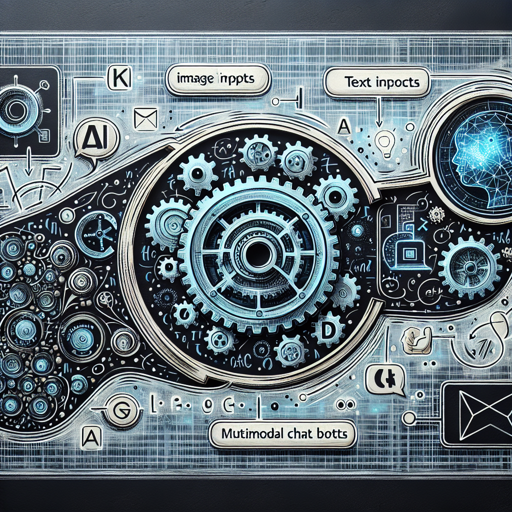Are you intrigued by the world of AI and how it merges images and text into meaningful interactions? Meet LLaVa-Next, an innovative model designed to enrich your chatbot experiences by blending visual inputs and textual responses. Let’s unravel its capabilities together!
What is LLaVa-Next?
LLaVa-Next is an advanced version of the LLaVa model that enhances image resolution, training data quality, and performance in tasks like image captioning and visual question answering. It utilizes the Mistral-7B-Instruct as its large language model (LLM), allowing it to better handle multimodal content.
How Does It Work? An Analogy
To understand LLaVa-Next, think of it as a chef who specializes in creating gourmet meals using both fresh ingredients (images) and secret recipes (text prompts). In this cooking process:
- The chef (model) receives fresh ingredients (input images) and recipe instructions (text prompts).
- By skillfully combining these components, the chef creates a delicious dish (output text) that answers questions or describes the visual content.
- Just like a chef can refine their techniques over time, LLaVa-Next improves its performance by being trained on better data and higher resolution images.
Steps to Use LLaVa-Next
Now that we have a clear analogy, let’s dive into the practical steps for using the LLaVa-Next model:
1. Install Required Libraries
Before you start, ensure you have the necessary libraries installed. You can do this with the following command:
pip install transformers bitsandbytes2. Load the Model
Use the following Python code to load the LLaVa-Next model:
from transformers import LlavaNextProcessor, LlavaNextForConditionalGeneration
import torch
from PIL import Image
import requests
processor = LlavaNextProcessor.from_pretrained("llava-hf/llava-v1.6-mistral-7b-hf")
model = LlavaNextForConditionalGeneration.from_pretrained("llava-hf/llava-v1.6-mistral-7b-hf", torch_dtype=torch.float16, low_cpu_mem_usage=True)
model.to("cuda:0")3. Prepare Your Image and Text Prompt
Use this snippet to prepare your image and text prompt:
url = "https://github.com/haotian-liu/LLaVA/blob/1a91fc274d7c35a9b50b3cb29c4247ae5837ce39/images/llava_v1_5_radar.jpg?raw=true"
image = Image.open(requests.get(url, stream=True).raw)
conversation = [
{
"role": "user",
"content": [
{"type": "text", "text": "What is shown in this image?"},
{"type": "image"},
],
},
]
prompt = processor.apply_chat_template(conversation, add_generation_prompt=True)
inputs = processor(prompt, image, return_tensors="pt").to("cuda:0")4. Generate Output
Finally, you can autogenerate your response using the code below:
output = model.generate(**inputs, max_new_tokens=100)
print(processor.decode(output[0], skip_special_tokens=True))Optimizing Model Performance
To ensure your model runs at its best, consider the following optimizations:
4-bit Quantization
Install the `bitsandbytes` library and adjust your model loading code:
model = LlavaNextForConditionalGeneration.from_pretrained(
model_id,
torch_dtype=torch.float16,
low_cpu_mem_usage=True,
load_in_4bit=True
)Using Flash-Attention 2
For further acceleration, you can opt to use Flash-Attention. First, follow the instructions from the original repository.
model = LlavaNextForConditionalGeneration.from_pretrained(
model_id,
torch_dtype=torch.float16,
low_cpu_mem_usage=True,
use_flash_attention_2=True
).to(0)Troubleshooting
If you encounter issues while setting up or using the model:
- Ensure that your CUDA drivers are updated and compatible with your GPU.
- Double-check that all required libraries are installed and up-to-date.
- If you’re using quantization or Flash-Attention, follow the installation instructions carefully.
For more insights, updates, or to collaborate on AI development projects, stay connected with fxis.ai.
Conclusion
By following these steps, you can harness the power of LLaVa-Next to create rich and interactive multimodal chatbot applications. Let your creativity soar as you explore the endless possibilities this model offers!
At fxis.ai, we believe that such advancements are crucial for the future of AI, as they enable more comprehensive and effective solutions. Our team is continually exploring new methodologies to push the envelope in artificial intelligence, ensuring that our clients benefit from the latest technological innovations.

